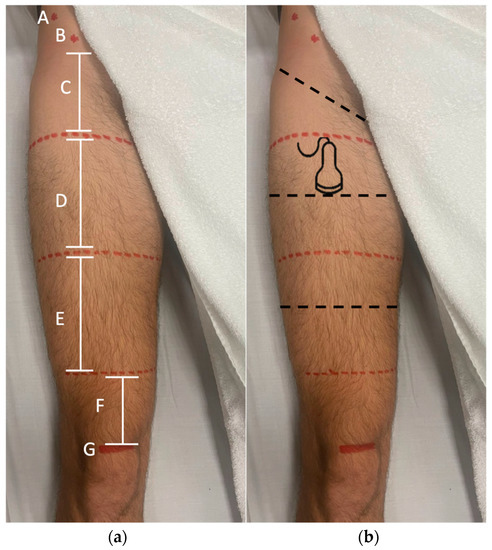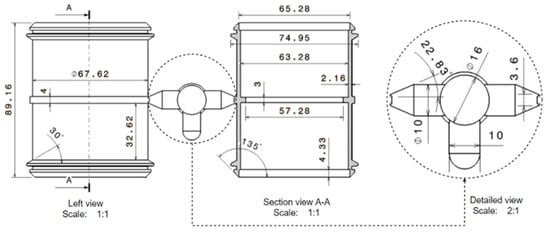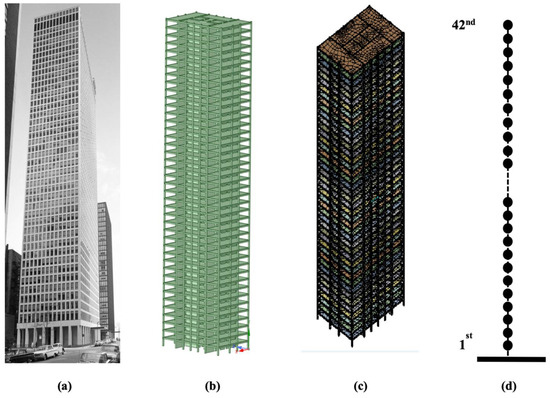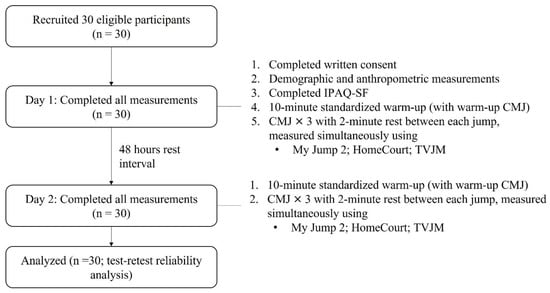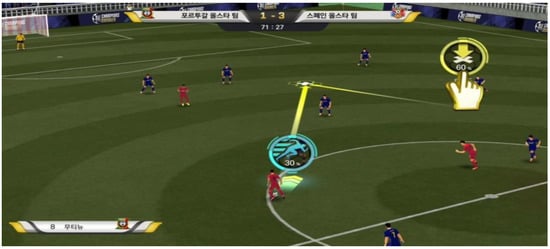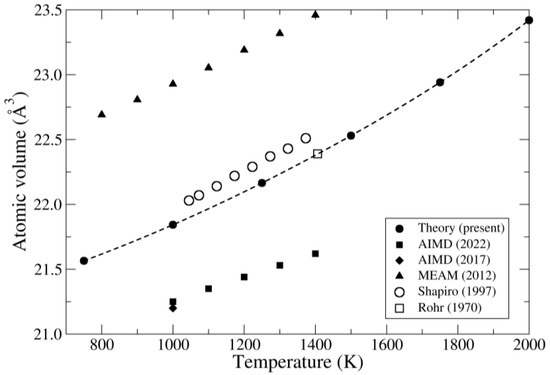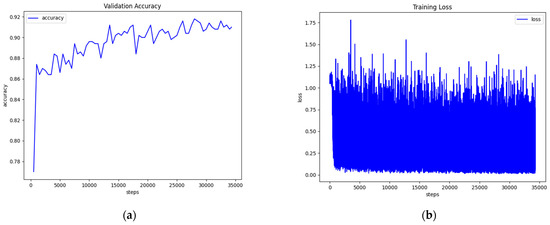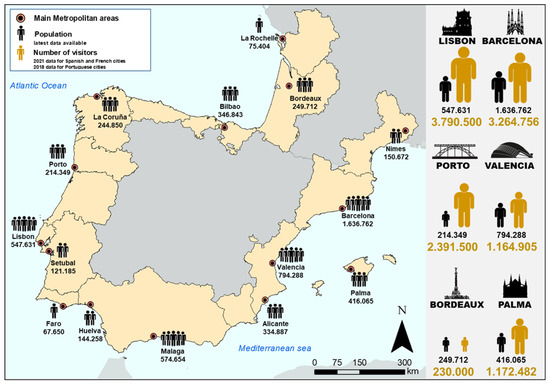Appl. Sci. 2023, 13(4), 2217; https://doi.org/10.3390/app13042217 - 9 Feb 2023
Cited by 13 | Viewed by 2602
Abstract
The geomechanical properties of rock materials, such as uniaxial compression strength (UCS), are the main requirements for geo-engineering design and construction. A proper understanding of UCS has a significant impression on the safe design of different foundations on rocks. So, applying fast and
[...] Read more.
The geomechanical properties of rock materials, such as uniaxial compression strength (UCS), are the main requirements for geo-engineering design and construction. A proper understanding of UCS has a significant impression on the safe design of different foundations on rocks. So, applying fast and reliable approaches to predict UCS based on limited data can be an efficient alternative to regular traditional fitting curves. In order to improve the prediction accuracy of UCS, the presented study attempted to utilize the support vector machine (SVM) algorithm. Multiple training and testing datasets were prepared for the UCS predictions based on a total of 120 samples recorded on limestone from the Maragheh region, northwest Iran, which were used to achieve a high precision rate for UCS prediction. The models were validated using a confusion matrix, loss functions, and error tables (MAE, MSE, and RMSE). In addition, 24 samples were tested (20% of the primary dataset) and used for the model justifications. Referring to the results of the study, the SVM (accuracy = 0.91/precision = 0.86) showed good agreement with the actual data, and the estimated coefficient of determination (R2) reached 0.967, showing that the model’s performance was impressively better than that of traditional fitting curves.
Full article
(This article belongs to the Special Issue Predictive Modeling in Mining and Geotechnical Engineering)
►
Show Figures


